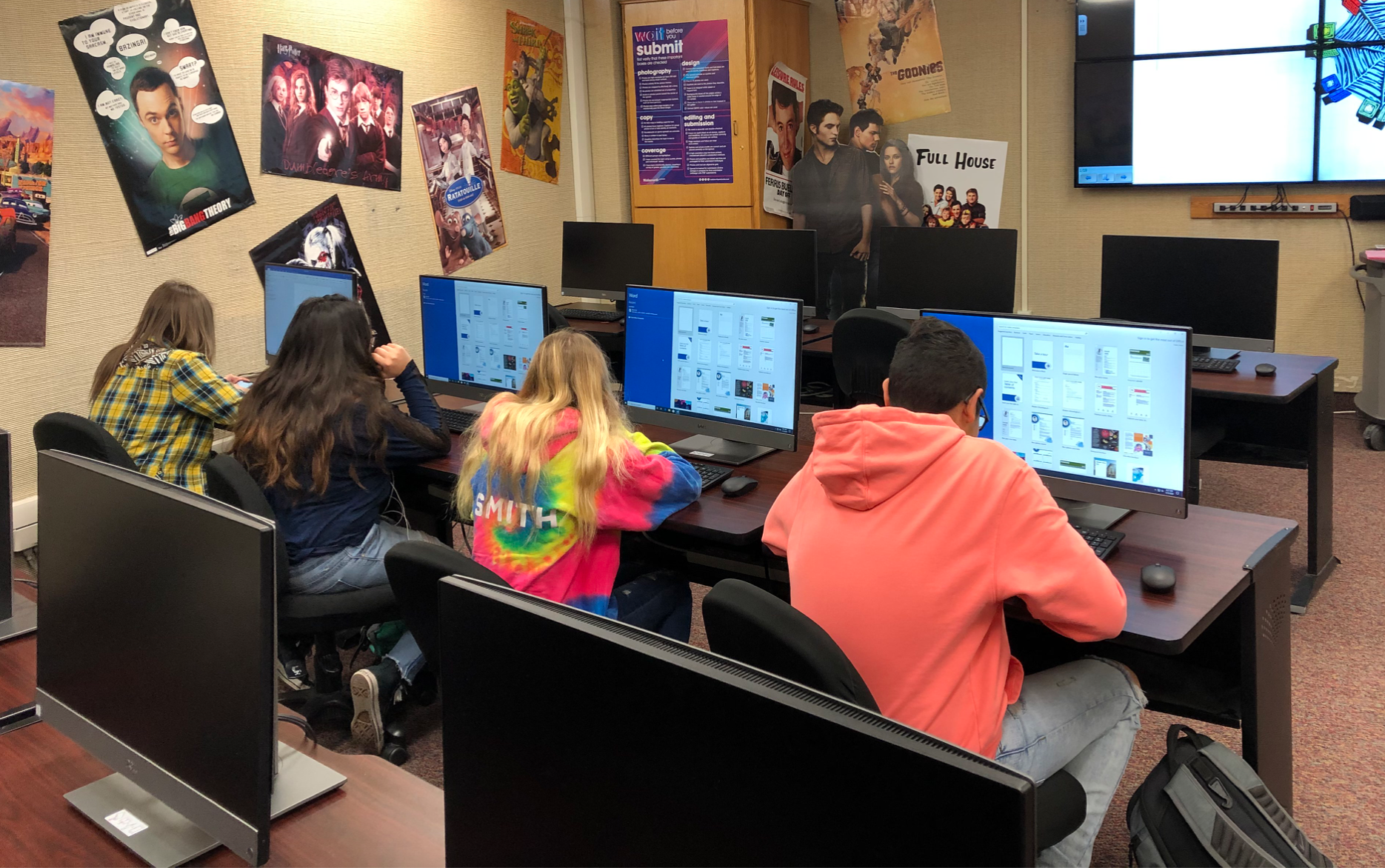
Two publicly funded charter schools are shutting down following discoveries they’ve been overpaid millions of dollars by the state — taxpayer money erroneously collected after the schools inflated student enrollment and attendance numbers.
The State Board of Education and State Department of Education say Magic Valley-based ARTEC and ARTEI Regional Professional Technical charter schools reported enrollment and attendance data in a manner that does not “conform to state law,” according to an Aug. 18 letter signed by State Board Executive Director Matt Freeman and obtained by EdNews.
The charter school leaders reported a range of inaccuracies, the State Board and SDE officials say, including listing students attending for a half day, when their participation was only 2.5 hours a day.
Daily attendance helps determine the tax dollars a public school receives. Last year, the state utilized an enrollment-based model to counteract COVID-19’s financial impacts on schools.
The state has recently withheld payments to the schools to make up for prior overpayments. Officials are still unsure how much the schools erroneously collected.
On Sept. 1, the schools’ governing board, comprised in part of Idaho K-12 superintendents, approved steps to close both charters in light of the withholdings, according to board minutes obtained by EdNews through a public records request.
ARTEC and ARTEI board president Michael Arrington released a statement Wednesday in response to questions about overpayments and upcoming closures.
“The methods these schools utilized to count students and fund programs no longer align with state practices,” Arrington wrote. “ARTEC and ARTEI are hopeful each school district involved will be able to find a way to continue to fund and operate these vital courses.”
The Rupert-based Minidoka School District authorizes the schools, though they have their own governing board chaired by Arrington, a local businessman. The charters draw students from the Buhl, Cassia County, Dietrich, Hagerman, Jerome, Kimberly, Minico, Murtaugh, and Twin Falls districts.
Some 800 high schoolers take CTE-type classes from the charters, state numbers show, but students spend most of their day at their neighborhood school.
What the state found
The revelations, and months of meetings between state education leaders and the charters’ leaders, fleshed out a range of reporting problems, according to both State Board officer Tracie Bent and SDE officer Julie Oberle. Bent compared the progressive discovery of problems to “peeling away the layers of an onion.”
“We learned that the student information they reported was not accurate,” Oberle said.
Freeman’s Aug. 18 letter outlined several inaccuracies:
- The schools reported students attending for half a day, when they were only there for “less than 2.5 hours a day.”
- The schools reported people as staff members who were not employed.
- The schools did not produce proof of valid performance certificates, a requirement for charters to operate in Idaho.
- The schools did not produce documentation validating the schools received state approval of their CTE courses.
Reporting issues fueled millions in overpayments
Reporting inaccuracies at the schools surfaced after the state last year switched to the enrollment-based funding formula, according to Oberle and Bent.
However, state officials won’t be able to determine how much was overpaid until they get accurate reports, Oberle said.
Oberle estimated a one-year overpayment to be $2.2 million for the two schools. Bent estimated overpayments of some $6 million. She’ll connect with Oberle to clarify their different estimates, State Board spokesman Mike Keckler told EdNews Thursday.
Keckler told EdNews Friday that Bent would defer future questions about costs to Oberle.
The state may not get its millions back, and authorizer Minidoka won’t be liable. State law says authorizers have “no liability for the acts, omissions, debts or other obligations of a public charter school, except as may be provided in the charter.”
The state’s efforts to recoup its money put pressure on the school. “Even if the state goes back one year, it will be a challenge to correct it,” minutes from an Aug. 25 ARTEC and ARTEI board meeting show.
The leaders of ARTEC and ARTEI
It’s unclear who has served on the charters’ governing board, and when. The board has ultimate authority of the charters. Arrington is president of Starr Corp., which has performed numerous construction projects for area schools over the years.
As of Wednesday, the school’s out-of-date website listed the following board members:
- Arrington.
- Erinn Neilson, networking officer, Minidoka County Hospital.
- Colby Ricks, owner, Laughlin Ricks Architecture.
- Kory Lloyd, dean, College of Southern Idaho.
- L.T. Erickson, secondary programs, Twin Falls School District.
- Polly Husney, instructor, College of Southern Idaho.
- Pat Charlton, superintendent, Jerome School District.
- Kelly Fisher, human relations, Glanbia USA.
- Stefanie Shaw, superintendent, Dietrich School District.
Board minutes list James Ramsey and Sandra Miller as board members.
Former Buhl School District Superintendent Ron Anthony, who was reprimanded by the state last year for inaccurate state reporting, was a board member for the charter school before leaving Buhl in 2020.
Former Cassia County School District Superintendent James Shank is also a former board member. He last year took a job as superintendent of the Idaho Falls School District.
ARTEC started in 1998, and ARTEI opened its doors in 2018.
EdNews data analyst Randy Schrader provided data and information for this story.
